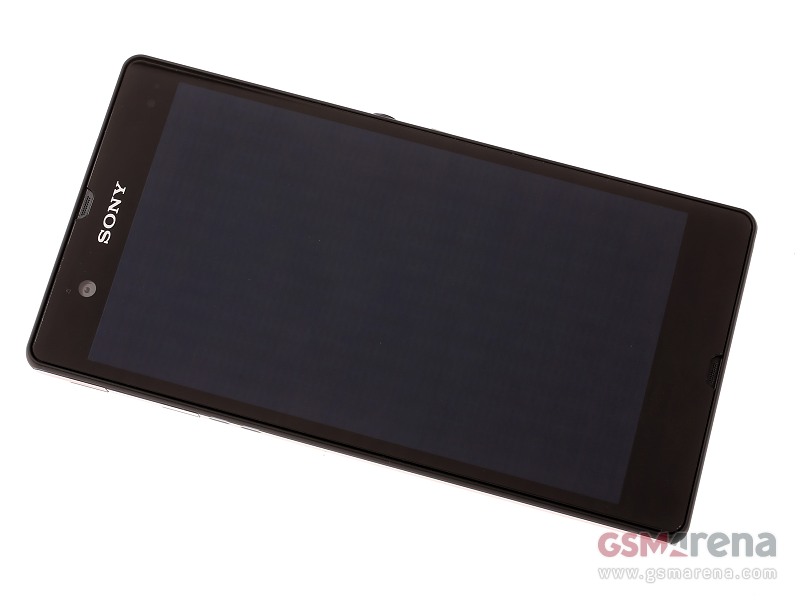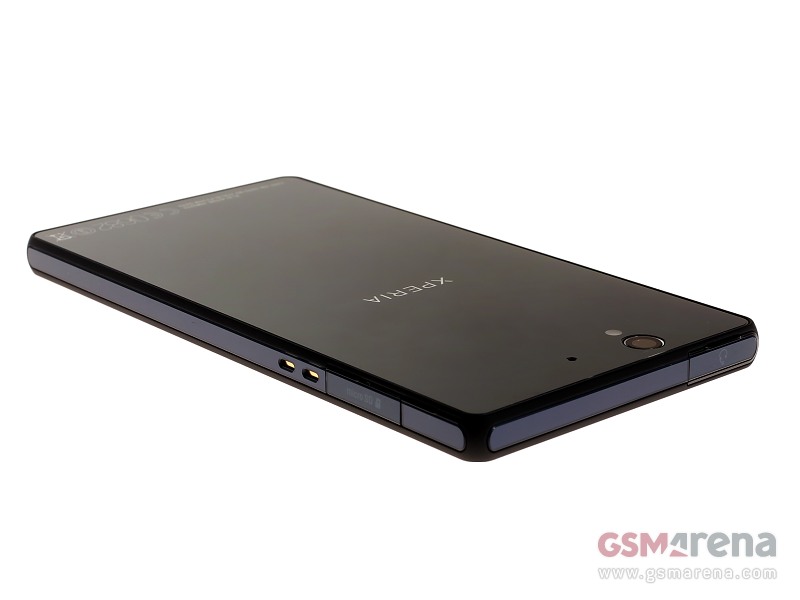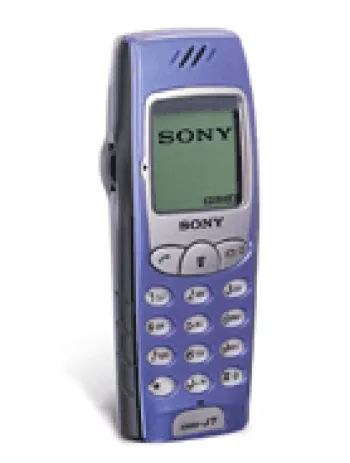
Introduction to Sony Xperia Z
The Sony Xperia Z, launched in early 2013, marked a significant milestone in Sony's smartphone lineup due to its sleek design and high-end features. As one of the first smartphones to incorporate water and dust resistance, the Xperia Z offered a unique selling point during its time. This article delves into the various aspects of the Sony Xperia Z, examining its design, hardware specifications, camera capabilities, software, and overall performance.
Design and Build
The design of the Sony Xperia Z emphasized elegance and robustness. With dimensions of 139 x 71 x 7.9 mm and weighing 146 grams, the phone was both lightweight and easy to handle. It featured a glass front and back panel, encased in a plastic frame, giving it a premium feel. The Xperia Z was among the early adopters of glass construction for both its front and rear, setting a precedent for later designs in the smartphone industry.
One of the standout features of the Xperia Z was its water and dust resistance, certified by IP55/IP57 standards. This meant the device could withstand submersion in water up to 1 meter for 30 minutes, a feature that appealed to many users who desired a durable and resilient phone.
Display
The Sony Xperia Z was equipped with a 5-inch TFT display with a resolution of 1080 x 1920 pixels. This Full HD screen delivered vibrant colors and crisp clarity, with a pixel density of approximately 441 ppi. The display was protected by a shatterproof glass, enhancing its durability against accidental drops and scratches.
Users appreciated the rich and immersive experience provided by the Xperia Z's display, which was further enhanced by Sony's Mobile BRAVIA Engine 2, a technology borrowed from Sony's line of BRAVIA TVs. Although the display was TFT, it managed to deliver impressive clarity under various lighting conditions.
Performance and Hardware
At the core of the Xperia Z was the Qualcomm APQ8064 Snapdragon S4 Pro chipset, with a quad-core 1.5 GHz Krait CPU and an Adreno 320 GPU. This powerful combination ensured smooth performance and efficient multitasking, making it one of the fastest phones available at the time of its release.
The device came with 2GB of RAM and 16GB of internal storage, which could be expanded via the dedicated microSDXC card slot. This allowed users the flexibility to add additional storage for apps, media, and other content, which was a crucial feature for many consumers.
Camera Capabilities
The Sony Xperia Z was equipped with a 13.1 MP rear camera, featuring an f/2.4 aperture and autofocus. The camera was enhanced with an LED flash and offered functionalities such as HDR for both photos and videos, providing better dynamic range in different lighting conditions.
The camera could capture 1080p video at 30fps, catering to the needs of multimedia enthusiasts who desired high-quality video recording capabilities. Additionally, the Xperia Z featured a 2.2 MP front-facing camera capable of recording 1080p video, suitable for video calls and selfies.
Overall, the camera performance was well-received, particularly for its impressive low-light capabilities, which leveraged Sony's expertise in imaging technology.
Software and User Interface
The device initially shipped with Android 4.1.2 Jelly Bean but was upgradable to Android 5.1.1 Lollipop. Sony's custom user interface provided a unique user experience, with features such as Walkman music player, Sony Select app recommendations, and more.
The interface was intuitive and user-friendly, offering a range of customization options and themes that allowed users to personalize their devices. Sony's integration of its multimedia ecosystem was evident with applications like the Album and Movies apps, tailored to enhance media consumption.
Battery Life
The Sony Xperia Z was powered by a non-removable Li-Ion 2330 mAh battery. In terms of performance, the battery life was respectable, offering up to 11 hours of talk time on 2G and up to 14 hours on 3G. Standby time extended up to 550 hours on 2G and 530 hours on 3G, while music playback could last up to 40 hours.
Despite its battery capacity, Sony managed to optimize the device effectively. However, the non-removable aspect was a point of contention for some users who preferred the flexibility of swapping batteries.
Connectivity and Additional Features
The Xperia Z supported a wide range of connectivity options, including 4G LTE, Wi-Fi 802.11 a/b/g/n, Bluetooth 4.0, and NFC. The device also featured a microUSB 2.0 port with MHL TV-out and USB On-The-Go support, enhancing its connectivity versatility.
Additionally, the device included stereo FM radio with RDS, and its built-in sensors such as the accelerometer, gyro, proximity, and compass provided a comprehensive mobile experience.
Conclusion
The Sony Xperia Z represented a significant leap forward for Sony in the competitive smartphone market. Its combination of design, performance, and unique features like water resistance made it a standout choice. Although it has been discontinued, the Xperia Z laid the groundwork for future innovations in smartphone design and functionality, cementing its place in the history of mobile technology.
Sony Xperia Z Key Features
- Supports network technologies: GSM, HSPA, LTE
- Sleek design with glass front and back, plastic frame
- 5.0-inch TFT display with 1080 x 1920 pixel resolution
- Shatter proof glass protection
- Powered by Qualcomm Snapdragon S4 Pro chipset
- Quad-core 1.5 GHz Krait CPU and Adreno 320 GPU
- Expandable storage via microSDXC card slot
- 13.1 MP main camera with LED flash and HDR capabilities
- 1080p video recording for both main and selfie cameras
- Comprehensive connectivity: Wi-Fi, Bluetooth 4.0, NFC, and GPS
- Stereo FM radio with RDS functionality
- Durable 2330 mAh battery with up to 14-hour talk time on 3G
- Available in Black, White, and Purple colors
- Lightweight at 146 g with a slim 7.9 mm profile
Sony Xperia Z Drawbacks
- Discontinued status, limiting availability and support.
- Use of TFT display technology, which may have inferior color reproduction and viewing angles compared to newer display types like OLED.
- Non-removable battery, which can be inconvenient for users needing quick battery replacements.
- Limited internal storage with only 16GB, although expandable, but can still pose a constraint for heavy app or media users.
- Older chipset (Qualcomm APQ8064 Snapdragon S4 Pro) may struggle with demanding apps and games compared to modern counterparts.
- Modest battery endurance rating of 48h, might require frequent charging for heavy users.
- Selfie camera of only 2.2 MP, which is quite low compared to modern standards for front-facing cameras.
- Low loudspeaker performance, with voice, noise, and ring levels noted at 60dB, 58dB, and 61dB respectively, possibly leading to sound inadequacy in noisy environments.
































View Also
More Phones
All Rights Reserved +14266 Phones © Mobilawy 2025

























